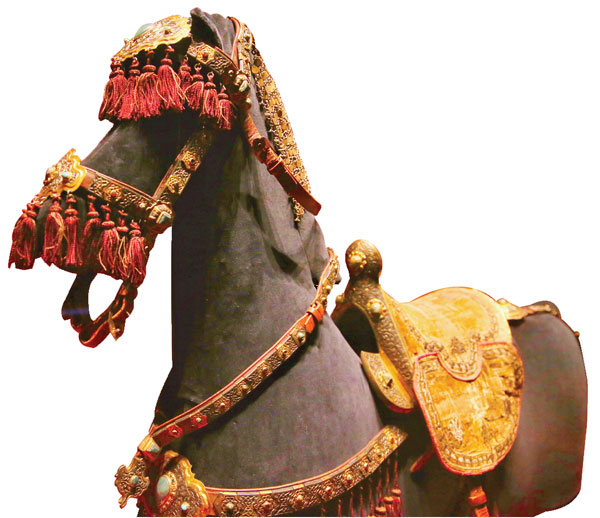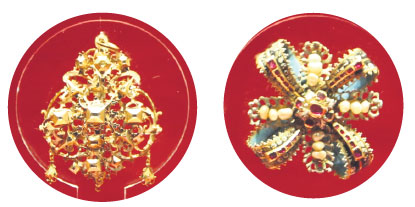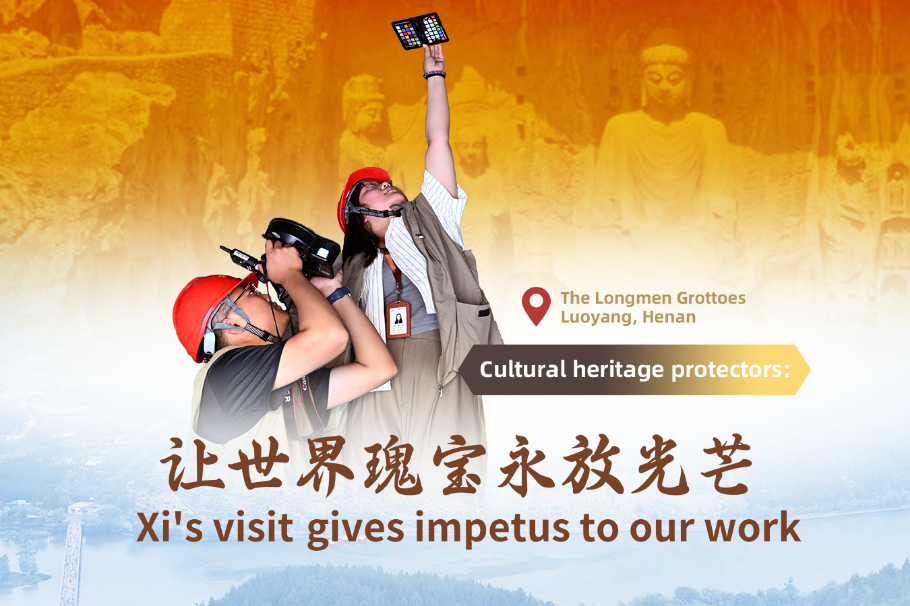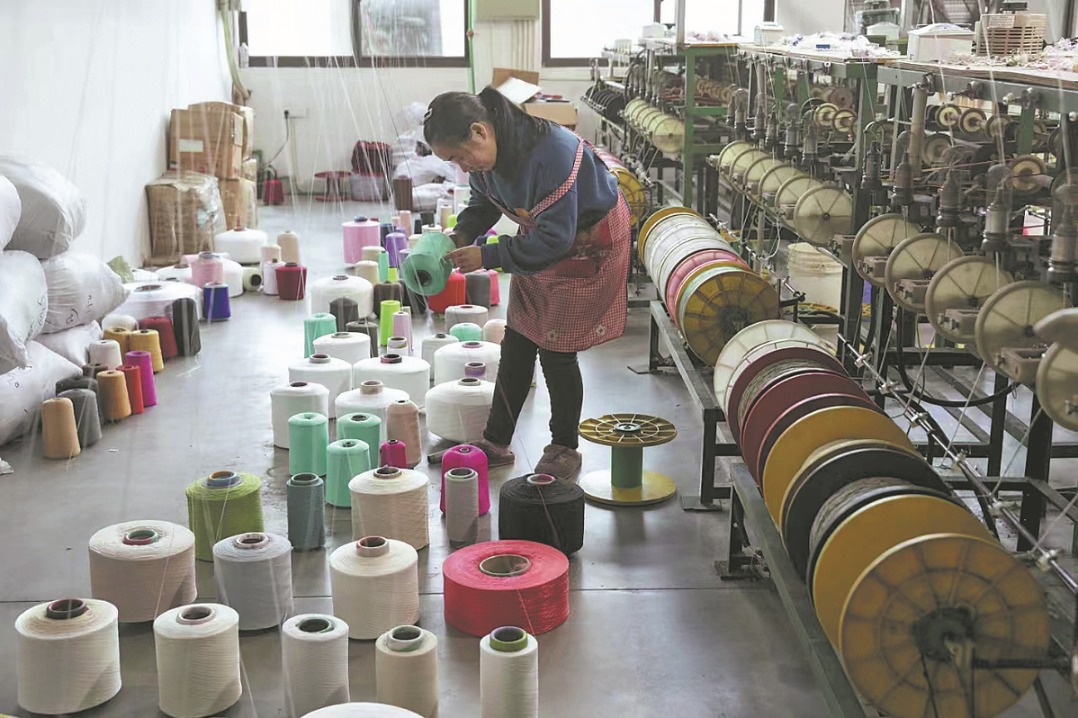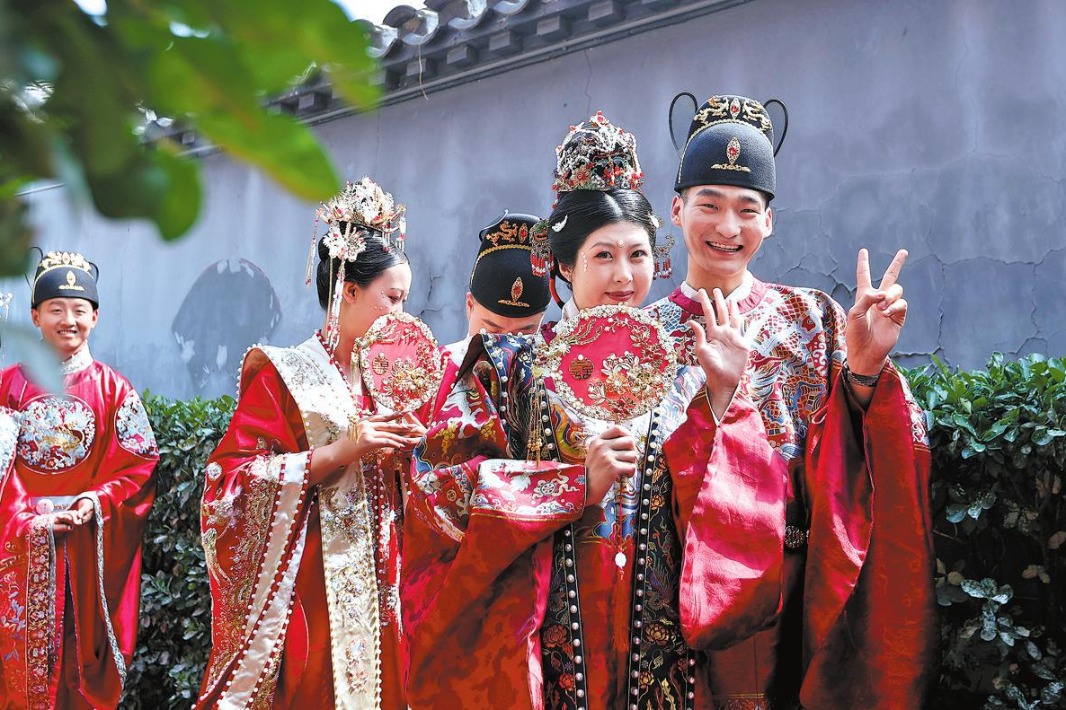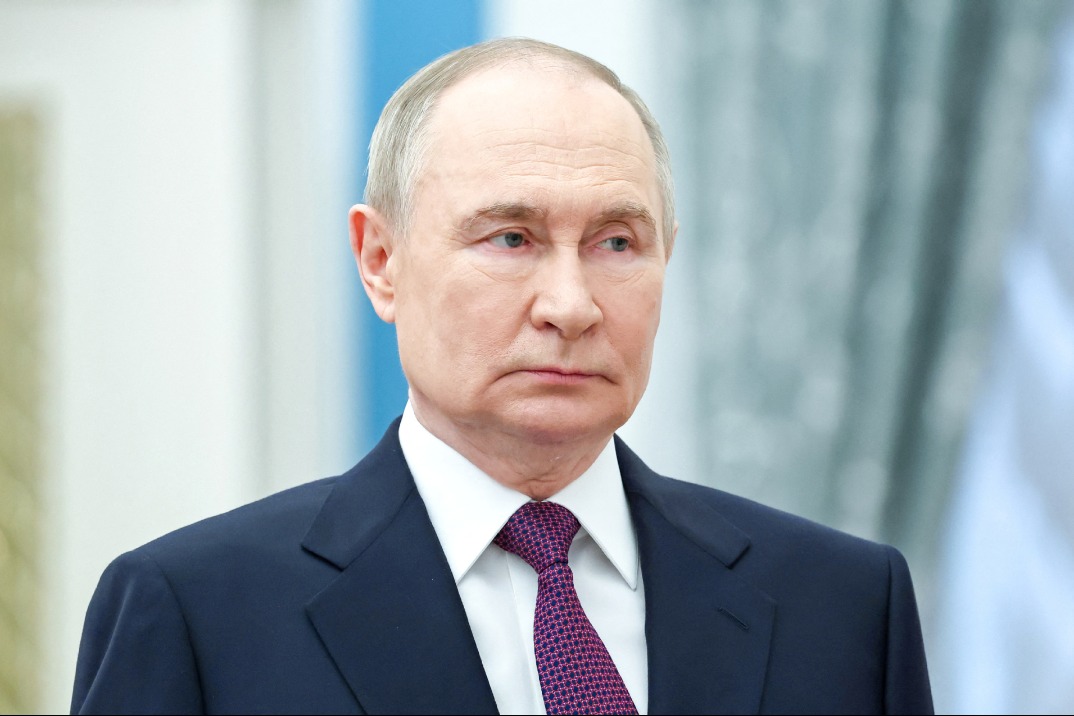Much-loved queen, and an ancient connection

Exhibition about life of popular Austro-Hungarian monarch known as Sissi is currently touring China. Wang Kaihao reports.
Many Chinese who grew up in the 1970s and '80s are familiar with the name Sissi.
That was how Queen Elisabeth (1837-98), a dual monarch of the Austro-Hungarian Empire, was commonly known, even among her subjects.
The first film of a trilogy about the queen that was made in Austria, starring Romy Schneider, was shown in China in 1988, when Western films were still rare in Chinese cinemas.
| Saddle and horse ornaments from the 17th century. Jiang Dong / China Daily |
Sissi's real life is now being presented through an exhibition in Beijing, with nearly 150 relics related to her, or to Hungary, loaned by the Hungarian National Museum in Budapest.
The exhibition, Sissi and Hungary: The Magnificent Life of Hungarian Aristocracy in the 17th to 19th Centuries, will run through Jan 3 at the Palace Museum, also known as the Forbidden City.
"Her beauty, her romantic spirit and her tales are known to all," says Shan Jixiang, director of the Palace Museum.
"She sympathized with Hungary and was welcomed and loved by people there."
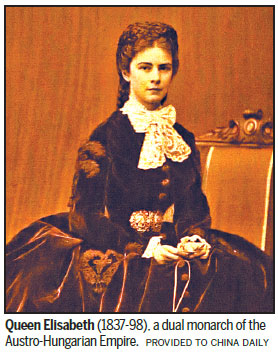
Sissi played a pivotal role in calming tensions between Hungarians and the ruling Habsburg family after she took the throne in the 1860s, he says.
"Queen Elisabeth is still popular in Hungary," says Benedek Vagra, director-general of the Hungarian National Museum.
"Due to shared emotions in both (Hungary and China), she is a good example to give a brief introduction of Hungarian history to Chinese visitors."
Sissi had a difficult relationship with her mother-in-law, the mother of Emperor Franz Joseph I. And she was emotionally detached from royal life at the Habsburg court. So she spent much of her time living in Budapest and traveled all over Hungary. The queen also gave birth to her last child in Budapest.
"Actually, her real life and marriage were more difficult than what was depicted in the films," Vagra says.
Beyond the queen's old photos, oil paintings, dresses and other daily items, the exhibition also provides a panoramic view of Hungarian aristocracy during her time through such displays as jewelry, dinnerware and religious items.
Vagra points to a few highlighted exhibits. For example, a saddle made in the 18th century enabled women to ride horses sitting on one side. Sissi also used such a saddle.
"I think the 'lady's saddle' is quite unique," he says. "It was designed in that way because of the custom that demanded women sit 'properly' on horseback."
He also says the Hungarian aristocrats' costumes and armories reflect the country's history.
A replica of the Holy Crown of Hungary, dating back to 1000 AD, is also on display. The crown, made of silver gilt, pearl and cloisonne, was used to prove the legitimacy of the monarchy in olden times. The original is displayed in the Hungarian Parliament and is heavily guarded. "It's very important in Hungarian history - not only as a sign of royalty," Vagra says. "Even though there is no king now, the crown expresses the spirit of a nation and holds the country together."
Hungarians, also known as Magyars, are thought to have first settled in today's Hungary in 896 after migrating from the East. According to one theory, they are descendants of Huns - the Eurasian nomadic people who possibly had connections with the Xiongnu people from China.
"We are unique in Europe due to our Eastern origins," Vagra says. "Exhibits such as weapons also show some Eastern characteristics."
Szonja Buslig, a cultural counselor at the Hungarian embassy in Beijing, says the exhibition at the Palace Museum reveals part of the larger cultural cooperation between China and Hungary.
In the Xiongnu city ruins in Yulin, in Northwest China's Shaanxi province, archaeologists from both countries are conducting studies comparing finds from there with Hun relics unearthed in Hungary.
Hungarian scholars also recently conducted field research in Shandan county, Gansu province, to look for more evidence of links.
"After starting from such a familiar topic (Sissi), we're planning another major cultural relic exhibition in China," Buslig says. "It will reveal how our ancestors migrated from the East."
She says Hungary will participate in more projects in an upcoming museum of Xiongnu history in Yulin.
Hungary became the first European country to sign a memorandum of understanding with China on June 6, 2016, on the Belt and Road Initiative.
Buslig says the initiative will create opportunities for closer cultural ties between the two countries.
Under the framework, Vagra says, the rich history of Hungarian bronzeware will be shown in China.
He adds that his museum also plans to introduce an exhibition on ancient Chinese civilization in Hungary, which he believes will easily strike an emotional chord in Budapest.
The ongoing exhibition about Sissi visited Shanghai before it came to Beijing in late September.
It will move to Yunnan and Shaanxi provinces in January.
Contact the writer at wangkaihao@chinadaily.com.cn
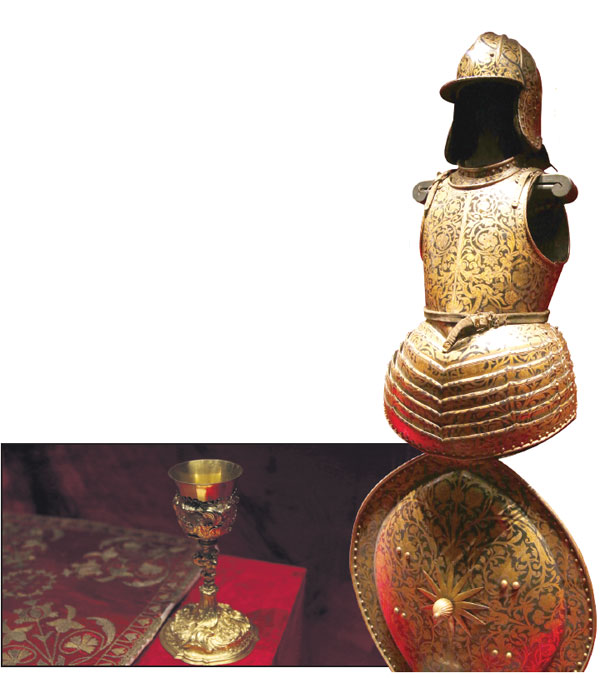
| The show Sissi and Hungary reveals the life of the legendary queen in the 19th century. Relics on display also show the connection between China and Hungary in earlier times. Photos by Jiang Dong / China Daily |
(China Daily Africa Weekly 10/13/2017 page21)
Today's Top News
- EU has much to learn from China-Global South ties
- Key role of Sino-German ties stressed
- Xi stresses high-quality cultural-ethical advancement
- Trump halts Harvard's intl student enrollment
- Xi's visit gives impetus to our work
- Financing support enhanced for micro, small companies
















